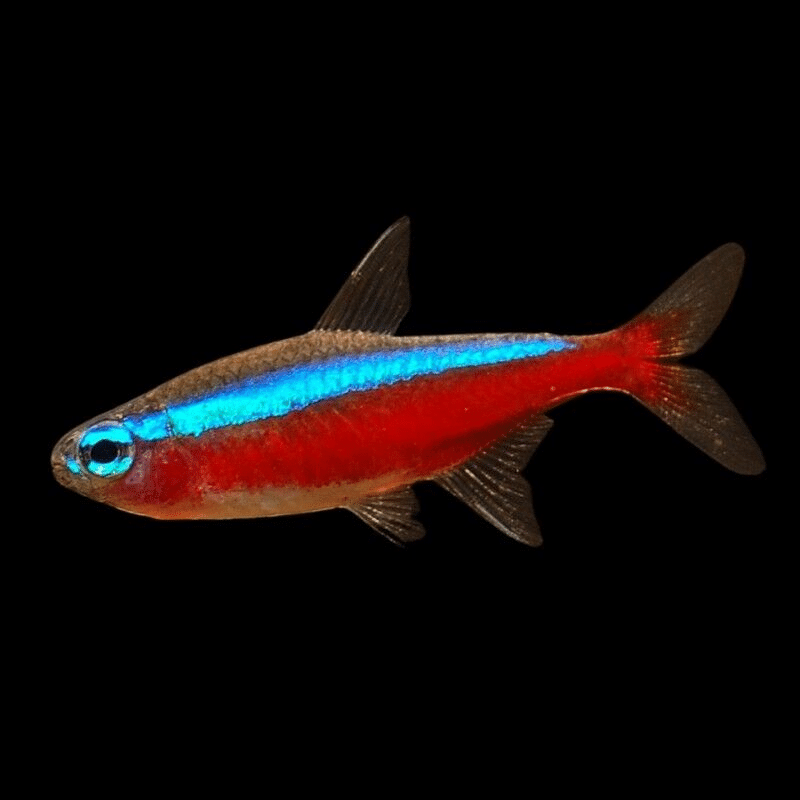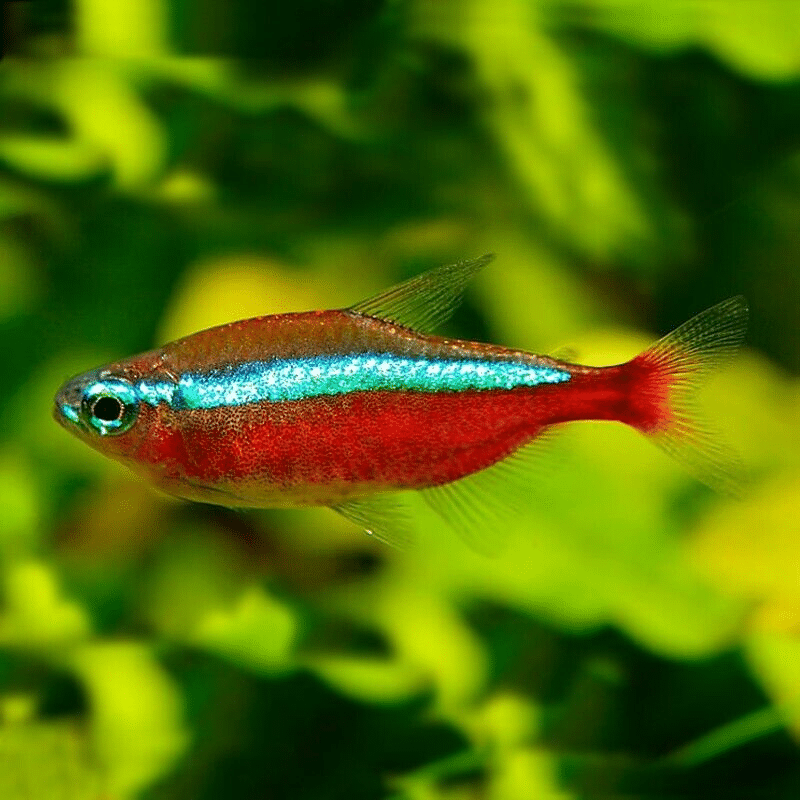To provide the best experiences, we use technologies like cookies to store and/or access device information. Consenting to these technologies will allow us to process data such as browsing behaviour or unique IDs on this site. Not consenting or withdrawing consent, may adversely affect certain features and functions.
The technical storage or access is strictly necessary for the legitimate purpose of enabling the use of a specific service explicitly requested by the subscriber or user, or for the sole purpose of carrying out the transmission of a communication over an electronic communications network.
The technical storage or access is necessary for the legitimate purpose of storing preferences that are not requested by the subscriber or user.
The technical storage or access that is used exclusively for statistical purposes.
The technical storage or access that is used exclusively for anonymous statistical purposes. Without a subpoena, voluntary compliance on the part of your Internet Service Provider, or additional records from a third party, information stored or retrieved for this purpose alone cannot usually be used to identify you.
The technical storage or access is required to create user profiles to send advertising, or to track the user on a website or across several websites for similar marketing purposes.






















Emily Thompson (verified owner) –
I’ve been an aquarium hobbyist for over five years, and I recently decided to add 50 Cardinal Tetras (Paracheirodon axelrodi) to my community tank. After about two months of observing them, I couldn’t be happier! These dazzling little fish bring a vibrant splash of color with their striking blue and red hues, and they have such lively personalities!
What I love most is how peaceful and social they are; they thrive in schools and have really brought my tank to life. I feed them a mix of high-quality flakes and some frozen foods, and they’ve been healthy and active. Compared to neon tetras, which I’ve also kept, the Cardinal Tetras are slightly larger and have more vivid coloration, making them a stunning addition to any setup.
One minor concern is that they can be sensitive to water quality, so I recommend investing in a good filter and being diligent with water changes. But with proper care, they flourish! I highly recommend these beautiful fish to anyone looking to enhance their aquarium. They are perfect for beginners and experienced aquarists alike. It’s been a joy to watch them swim gracefully around—definitely worth every penny!
Laura Benson (verified owner) –
I’ve been keeping tropical fish for over 5 years, and I recently decided to add 50 Cardinal Tetras to my peaceful community aquarium. It’s been about two months since I introduced them, and I couldn’t be happier! These stunning neon tetras are not only beautiful with their vibrant blue and red colors, but they also add such a lively dynamic to my tank. I love watching them school together; their synchronized swimming is mesmerizing!
What truly stands out is how easy they are to care for compared to other small fish I’ve kept. They acclimated quickly and have shown no signs of stress. My water parameters have remained stable, and their health is evident in their bright coloration and active behavior. One minor note is to ensure they have plenty of hiding spots because they definitely appreciate some cover, especially when feeling shy.
For anyone considering adding these gorgeous fish to their aquarium, I wholeheartedly recommend them—especially for beginners or anyone with a community tank! They thrive in groups, so getting a sizable school is essential. Shipping was quick, and they arrived healthy and happy. These cardinal tetras have definitely brightened up my aquarium experience!
Emily Thompson (verified owner) –
I recently added 50 Cardinal Tetras to my community tank, and I couldn’t be happier! After about a month of watching them thrive, I can confidently say these little guys are a perfect addition. Their vibrant blue and red colors create a stunning display, especially when they school together—it’s mesmerizing.
I appreciate how peaceful they are, making them ideal companions for my other fish. Unlike some other neon tetras I’ve kept in the past, these Cardinal Tetras seem more robust and active, which I believe comes from their healthy shipping conditions. They arrived promptly and showed no signs of stress, which is always a relief.
A little tip for new buyers: ensure your tank is well-planted with hiding spots; it really helps them feel secure!
Overall, I highly recommend Cardinal Tetras for anyone looking to add beauty and liveliness to their aquarium. They’re not just neon tetras; they’re a delightful reflection of life in the water! I will definitely buy from this seller again.
Lily Rodriguez (verified owner) –
I’m an avid aquarium enthusiast, and I recently added 50 Cardinal Tetras to my peaceful community tank, and they have completely transformed the space! These stunning little tropical fish are a joy to observe, especially as they swim in unison, showcasing their vibrant colors. After just a week, I noticed how they quickly adapted to their new home and started forming their tight-knit school, which is so heartwarming to watch.
I have to say, compared to other schooling fish I’ve kept, these neons are incredibly easy-going and thrive in harmony with my other tank mates. Their vibrant blue and red hues really enhance the aquarium’s beauty, making it a stunning centerpiece in my living room. My tank is moderately planted, which allows them to feel secure and happy.
One thing to note is that they do prefer a larger group, so buying in bulk was a fantastic choice. I highly recommend these to anyone looking to bring some lively action and color to their freshwater setup, whether you’re a beginner or a seasoned aquarist. Just ensure your tank parameters are suitable, and you’ll be rewarded with a mesmerizing display! Overall, I couldn’t be happier with this purchase and would absolutely buy again from this supplier!